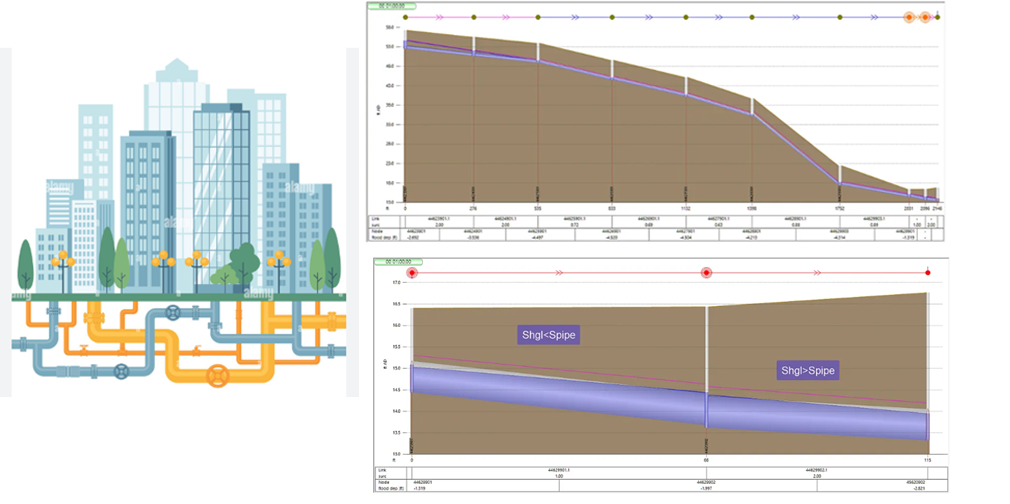Foul Water Drainage
A Foul Drainage Strategy must illustrate how wastewater from a development will be collected and conveyed to a suitable treatment point—typically a public sewer or approved on-site treatment.
Under Environment Agency guidance (UK) and international best practices, a connection to a public sewer is the preferred solution unless unfeasible due to cost or technical constraints. Our strategies identify:
- Daily foul flow generation
- Point of connection to existing networks
- Pumping requirements or gravity conveyance options
- Sewer capacity constraints and potential upgrade needs
In regions like Dubai, Qatar and Africa, we also account for decentralized systems, pumping stations, and existing infrastructure limitations where necessary.
What Our Drainage Strategies Cover
MECE prepares drainage strategies that:
- Define on-site and off-site surface water runoff management
- Ensure compliance with Building Regulations, Sewers for Adoption, and local drainage codes
- Assess and design foul sewage conveyance and treatment
- Evaluate existing sewer capacity and recommend upgrades if required
- Liaise with utility companies to secure build-over, diversion, and connection agreements
- Develop integrated, sustainable SuDS solutions using best practices
- Protect developments from flooding over their design life
- Support planning applications for complex or constrained sites
Technical Services
Our engineering team provides:
- Below-ground SuDS design & policy consultation
- Surface & foul drainage strategies compliant with NPPF and local planning guidelines
- Detailed SuDS design (swales, ponds, attenuation tanks, etc.)
- Hydraulic modelling using InfoDrainage, TUFLOW, InfoWorks ICM, SewerGEMS, HEC-RAS, and 2D exceedance flow modelling
- Flood risk mapping (volumes, velocities, flood paths)
- Support for planning submissions, NOCs, and regulatory approvals



Why Choose MECE?
A professionally developed drainage strategy by MECE will:
- Provide the drainage documentation required by Local Planning Authorities and Government Agencies
- Offer early identification of design constraints and opportunities
- Support sustainable water management and climate adaptation
- Help reduce flood risk and infrastructure costs
- Comply with all relevant UK, Middle Eastern, and African standards and regulations
